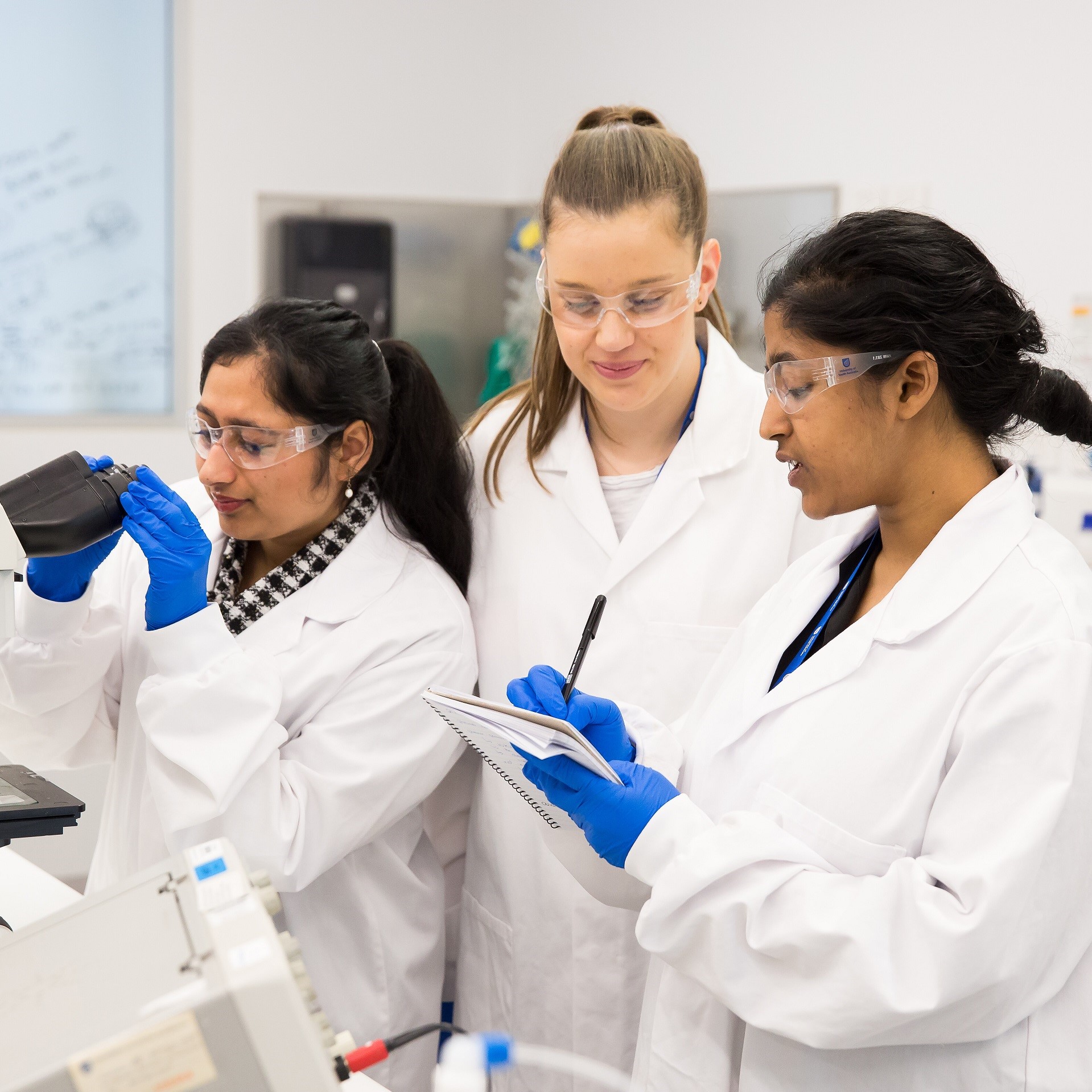24 April 2023
 Women pursuing careers in science, technology, engineering, and maths are still fighting an uphill battle in Australian workplaces, despite a spike in girls studying STEM subjects in schools and universities.
Women pursuing careers in science, technology, engineering, and maths are still fighting an uphill battle in Australian workplaces, despite a spike in girls studying STEM subjects in schools and universities.
That’s the finding from a new report released by the University of South Australia today. The report includes feedback and recommendations from 75 professionals and students working in or interested in the sector, who have participated in a series of think tanks over the past 12 months.
The South Australian Academy for Gender Equity in STEM (SAAGES) report details a lengthy list of obstacles that women and non-binary people face in the STEM workforce. They include:
- An unsupportive or hostile work culture
- Entrenched, pervasive attitudes – in the workplace, community and within families – that associate STEM careers with men and not women
- Unconscious bias perpetuating gender stereotypes in many workplaces, including the misplaced belief that women (especially mothers) have different skill sets to men
- Inequitable language in the workplace and media, reinforcing gendered stereotypes, including emphasising ‘masculine’ technical skills over ‘feminine’ soft skills
- Inflexible work practices
- Lack of female role models in senior leadership positions.
Lead report author Dr Deborah Devis says the feedback demonstrates that Australia has a long way to go to achieve gender equity in the STEM workforce.
“These obstacles raised by women working in the sector should be a red flag as they continue to exacerbate critical STEM industry workforce shortages across the country,” Dr Devis says.
“There are hundreds of ‘women in STEM’ programs across Australia but the impact of these programs is unclear.
“We have seen a significant increase in girls studying STEM subjects in schools and undergraduate degrees, but only a small increase in postgraduate programs and young women pursuing STEM careers. The number of women holding senior management roles in STEM industries is also very low.”
To find solutions to these challenges, the UniSA SAAGES taskforce has produced specific recommendations to support three STEM groups: future employees, current employees, and leaders.
- Future employees: Mentoring, outreach positions, network building programs (including young entrepreneurs), building relationships between students and companies
- Current employees: fertility policies, workplace flexibility, equal pay parental leave, evaluation of internal culture
- Leaders: inclusive leadership training, rewarding equitable leaders, non-financial leadership incentives for women, men’s advocacy for women.
Report co-author, Dr Florence Gabriel, says diversity is essential for business success in the modern world.
“Diversity is not just an ethical concern or a box to tick. According to a recent study of 1000 companies worldwide, those in the top 25% for gender diversity were found to be 21% more likely to be more profitable and 27% more likely to be more creative,” Dr Gabriel says.
“These high-performing companies not only had more women on their staff; they also had a greater gender mix in their senior leadership.”
In Australia, only 16% of the STEM skilled workforce are women while 90% of women with a STEM qualification work in non-STEM related fields, according to the Australian Academy of Science.
The feedback from women who took part in the think tanks suggests that STEM careers are no longer considered “nerdy” or “unpopular”, but they remain difficult environments for women to thrive in.
An unsupportive – even hostile – work environment was named as the main reason women left jobs in STEM.
Inflexible work hours and a failure among many employers to acknowledge that the burden of unpaid care work for children and older parents still falls disproportionately on women is another major obstacle.
Increasing work flexibility would go a long way towards encouraging women to pursue and continue working in STEM careers, the report says, although companies should avoid creating a gender divide where only women are expected to take advantage of flexible work arrangements.
“It is also crucial that men advocate for women in the STEM workforce by actively supporting gender equity and promoting diversity and inclusion. It should be an entrenched belief, not an exercise in box ticking,” Dr Gabriel says.
The report can be accessed here: https://unisa.edu.au/siteassets/academic-units/unisa-education-futures/docs/report-from-insight-to-action-strategies-for-cultivating-equity-and-empowering-women-in-industry.pdf
Notes to editors
The report has been prepared by researchers from UniSA Education Futures unit. The authors are Deborah Devis, Sam Fowler, Maria Vieira, Kim Giannoni, Florence Gabriel, John Kennedy, and Simon Leonard.
…………………………………………………………………………………………………………………………
Contact for interview: Dr Deborah Devis E: debbie.devis@unisa.edu.au
Media contact: Candy Gibson M: 0434 605 142 E: candy.gibson@unisa.edu.au



